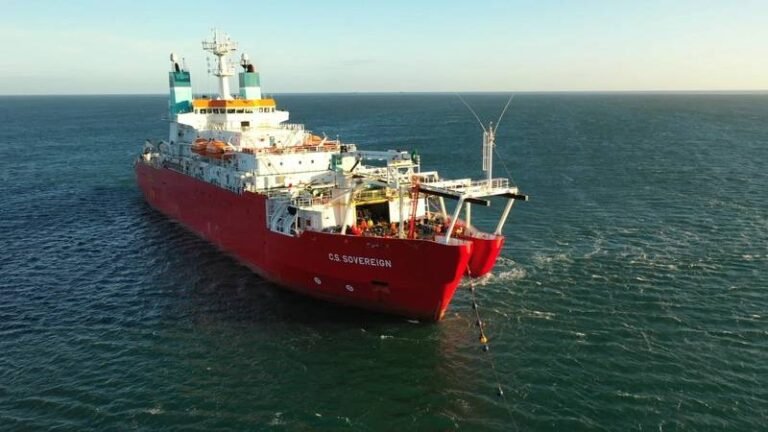The Impact of Natural Hazards on Subsea Cables: A Study by the National Oceanography Centre
A recent study led by the UK’s National Oceanography Centre (NOC) has shed light on the significant role that natural hazards play in damaging subsea cables, threatening global connectivity infrastructure. The study, covering data from 1965 to 2019, revealed that approximately a quarter of all recorded instances of subsea cable damage can be attributed to natural phenomena.
Human Activities vs. Natural Hazards
While human activities such as fishing and anchoring have historically been the main culprits behind subsea cable damage, the study warns that climate change is exacerbating natural hazards, increasing the risks to these critical networks. The threats posed by natural hazards include earthquakes, submarine landslides, and powerful underwater currents triggered by events like river floods.
Rising Risks with Climate Change
Dr. Isobel Yeo, a researcher at NOC and co-lead on the project, emphasized the growing challenges posed by climate change-induced natural hazards. She explained, “With climate change driving more extreme weather, rising sea levels, and sediment-laden river discharges, the frequency and severity of these hazards are expected to grow, amplifying the challenges of maintaining resilient subsea infrastructure.”
Recent Incidents Highlight Vulnerabilities
The vulnerabilities of subsea cables were starkly demonstrated by recent events such as the 2022 Hunga Volcano eruption in Tonga, which generated underwater density currents that destroyed the nation’s international cable, isolating Tonga for weeks. Similarly, powerful turbidity currents in the Congo Canyon, fueled by record-breaking floods, have repeatedly damaged cables in West Africa, disrupting internet services.
Mitigating Risks and Ensuring Connectivity
To address these challenges, the researchers recommend improved cable routing, enhanced repair readiness, and investment in technologies like satellite backups. Initiatives such as Seabed 2030, aimed at mapping the entire ocean floor by 2030, are crucial for identifying potential hazards and guiding safer infrastructure development.
Collaborative Efforts for Resilience
The study was conducted in collaboration with partners including the National Grid (UK), Victoria University of Wellington (Aotearoa, New Zealand), and the International Cable Protection Committee (ICPC). By working together and prioritizing resilience measures, stakeholders can better safeguard subsea cables against the mounting challenges posed by natural and climate-driven hazards, ensuring continued global connectivity.

